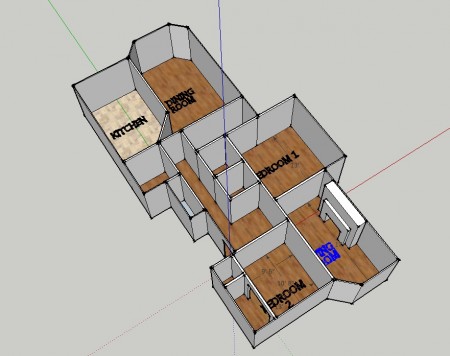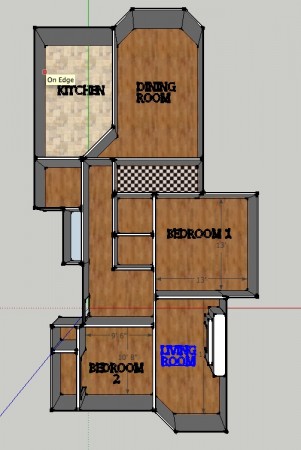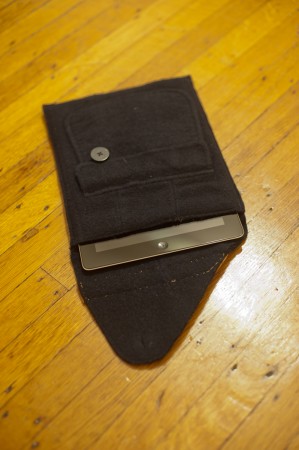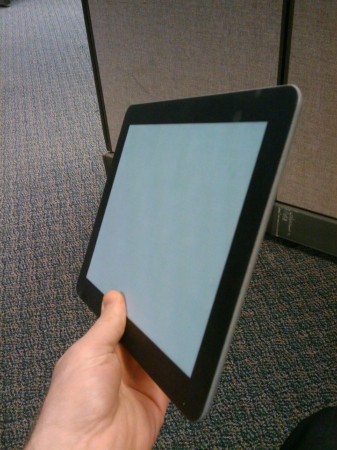I didn’t find how to do this online so I thought I’d put up instructions once I figured out how.
I had a friend who has a Mac that he wanted to use as a file server on his local network, which has multiple macs and Windows computer. The server Mac has multiple hard drives. Drag-and-drop and saving directly to any of those hard drives was important.
He’s got a (powerpc) Mac running OS X, 10.4.6 with 3 or 4 hard drives in it. Let’s say they are named MainDrive, Backup_001, Backup_002 and Backup_003 and the username that he logs into the server with is ServerUser.
So to map the main disk from windows, it’s not a problem. Steps as follows:
1) On the Mac: share stuff (windows sharing) in control panel->sharing. Note the IP address it gives you here (or find it elsewhere). In this case it
was 192.168.0.3 (use the one that shows up on your machine)
2) On windows: go to windows->explorer->map network drive
3) drive name: (whatever you want)
location:
\\192.168.0.3\ServerUser
(the admin user for the “server” mac is ServerUser, change this as necessary)
4) click “log in as different user”
user:ServerUser
pass: [whatever]
The other disks, you need to do something tricky and make links from the main drive to your separate drives. These are called symbolic links or symlinks.
A) open Terminal (applications->utilities->Terminal)
B) type ‘ls’ and enter. make sure you’re in your home directory
(should look like the same folders when you click on your home directory in Finder)
C) type the following line
ln -s ../../Volumes/[drive name]/ [drive name]
for instance
ln -s ../../Volumes/Backup_001/ Backup_001
D) repeat C for each remaining drive on the Mac (Backup_002 and Backup_003 in this case)
[Note, if you’ve done the above, 1-4 and A-D you should now be able to click on the networked drive on the PC and see the secondary drives within that. If this is good enough, stop here. My friend wanted to map each drive separately, which requires a little bit more.]
Then go to the windows machine and repeat steps 1-4 above except for step 3 type for the location:
\\192.168.0.3\[username]\[drivename]
for instance:
\\192.168.0.3\ServerUser\Backup_001
Repeat as necessary for all of your backup drives.
Now each drive will be mapped to the windows machine separately and drag-and-drop and saving directly to those drives should be possible.
When one or the other machine is rebooted, the windows machine might show a red ‘X’ by that network drive. Once both are on again, you should be able to simply double-click the drive and opening it should reconnect the drive.









